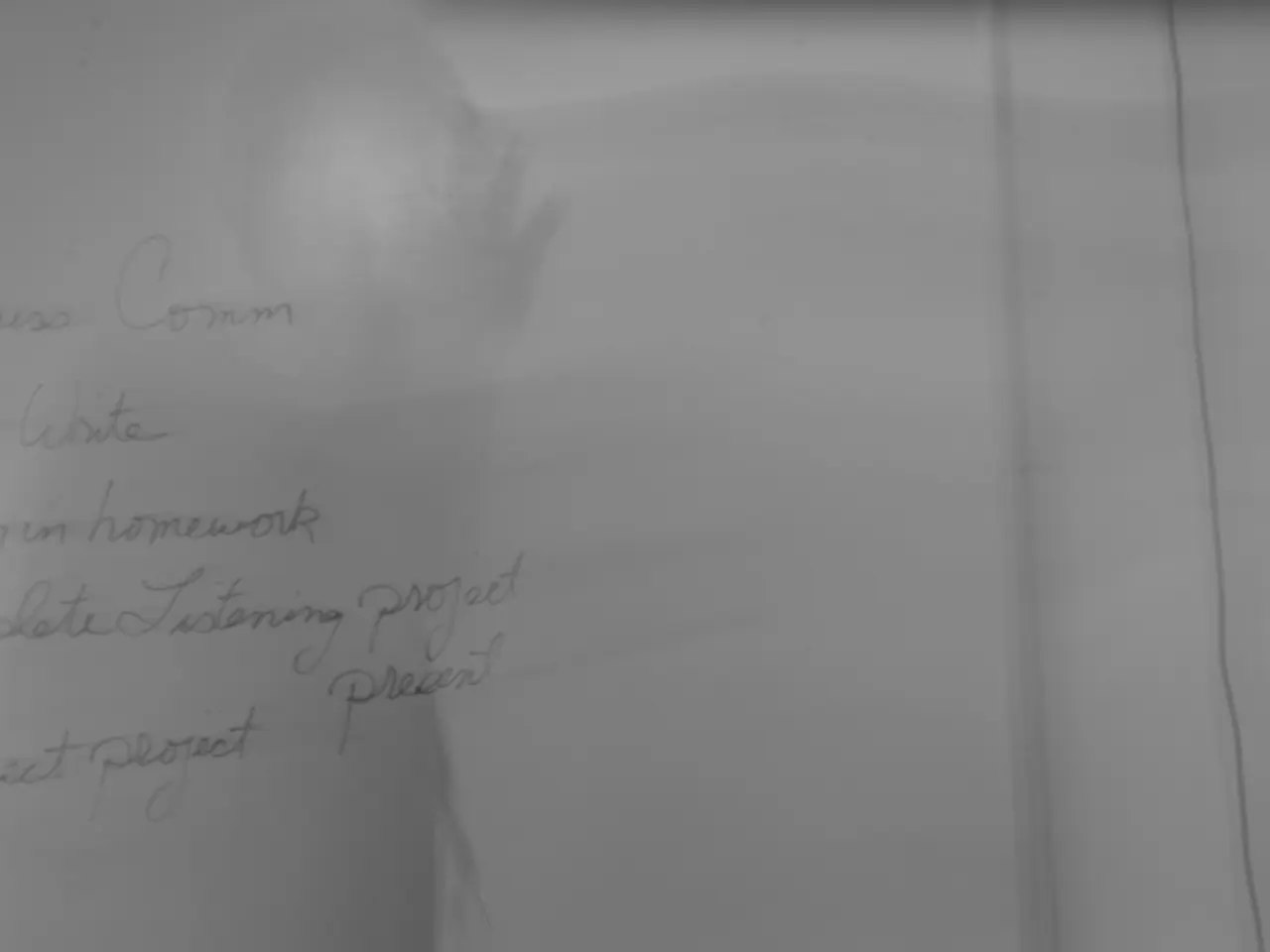Understanding Different Citation Styles and Choosing the Appropriate One
Citing sources is crucial in maintaining the integrity and continuity of academic discussions, allowing researchers to guide readers to the literary sources they have consulted during their studies. As the field of academia has grown and evolved, different citation styles have sprung up to address the needs of various disciplines.
Understanding these citation styles is essential for early-career researchers to correctly attribute ideas to their original authors, enhancing the credibility of their work. In this text, we will discuss some of the common citation styles used in academia.
Types of citation styles
Parenthetical Citations (or in-text citations)
In-text citations are commonly used within the body of the text, usually stating the author's last name and the publication year. They allow readers to find the full reference easily in the reference list. This style is prevalent in APA and MLA formats.
Numerical Citations
Numerical citation involves assigning a number to a source, which corresponds to a numbered reference list at the end of the document. This style is particularly useful in engineering and scientific fields, as it helps readers identify sources without disrupting the flow of the text.
Note Citations
Note citations use footnotes or endnotes to provide source information, which sometimes contains more details but can interrupt the reading experience, as they appear at the bottom of the page. This citation style is associated with the Chicago and Turabian formats.
Social media citations
Social media citations are typically done using permalinks, timestamps, and archive tools to cite back to social media content. Researchers who quote or paraphrase information from online sources must provide a reference list entry (with the URL mentioned in parentheses) along with in-text citations.
Common citation styles in academia
Each academic discipline has favored specific citation styles, each with its unique rules and formats.
APA Style
The American Psychological Association (apa.org) developed the APA style guide for citing sources, which is mainly used in the behavioral sciences and humanities. The recently updated 7th edition provides guidelines for citing various types of sources, including books, journal articles, and online information.
MLA Style
The Modern Language Association (mla.org) created this set of guidelines for writing and documenting research, focusing on accurately citing sources to give credit to original authors. It's particularly used for literature, language, and other liberal arts subjects.
Chicago Style
Developed by the University of Chicago Press and used widely in history, humanities, and social sciences, the Chicago style has two main citation systems: the notes and bibliography system and the author-date system. Researchers can choose the format that best suits their writing needs.
IEEE Style (Institute of Electrical and Electronics Engineers)
The IEEE style provides guidance on formatting technical articles, with an outline of how to create sections, cite figures and tables, and ensure adherence to grammar rules. The style is popular in technical fields such as engineering and information technology.
Choosing the right citation style
Early-career researchers should understand how to choose the appropriate citation style. Start by checking if your department or institution has a preferred citation style. When submitting a manuscript to a journal, also consider their specific citation style requirements. Citation styles will differ depending on your subject of study and the style guide you will be using. For example, the APA style guide is commonly used in psychology, while the MLA style guide is used for literature.
Utilizing AI tools for citation management
While choosing and managing citation styles can be challenging, various online tools are available to simplify the process. With an integrated reference finder and citation generator, these platforms allow users to search for research articles, save relevant papers to their citation library, and craft citations in 10,000+ styles within their writing with a click. A free citation generator is available to search for specific papers by looking up their title or DOI and offers a citation library for saved citations. Using these tools for citation management is quick, easy, and can help researchers produce accurate and professionally formatted citations in their writing.
- To guarantee the authenticity of academic conversations, researchers must meticulously cite sources in their research paper, thereby guiding readers to the literary sources they consulted.
- Comprehending various citation styles, like parenthetical, numerical, note, and social media citations, is indispensable for early-career researchers to maintain the credibility of their academic writing.
- Integrating a citation generator into one's writing support arsenal can contribute to submission readiness, ensuring accurate and professionally formatted citations in thousands of academic styles.
- Pursuing education-and-self-development opportunities in online-education platforms provides learners with the knowledge and skills necessary for mastering academic writing, translation, and language editing.
- As the academic landscape becomes more diverse, it is essential for researchers to capitalize on the benefits of online-education, learning about different citation styles, and earning academic translation expertise.







